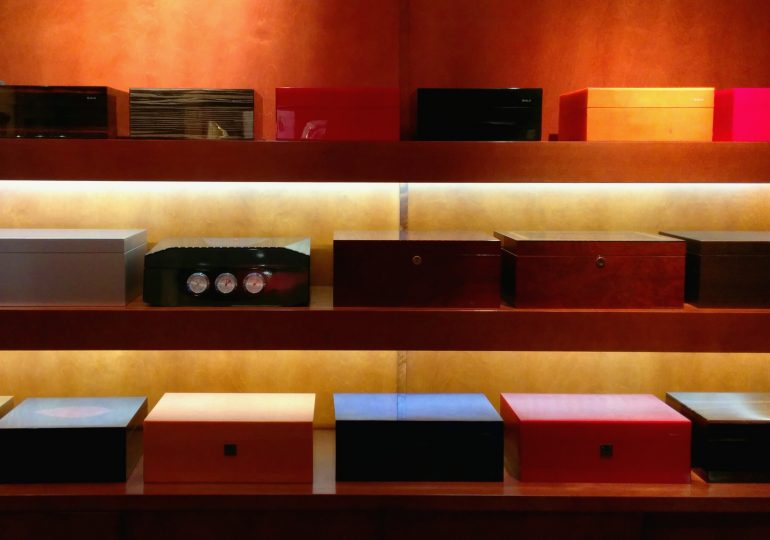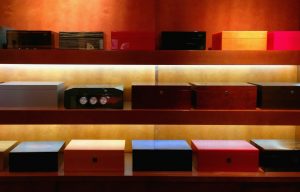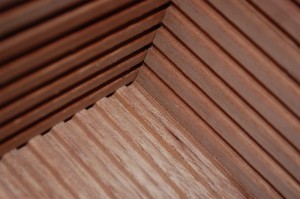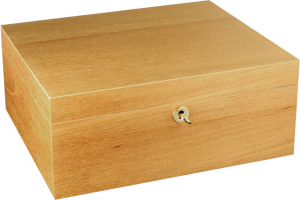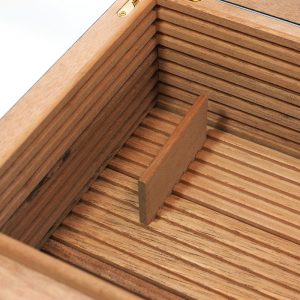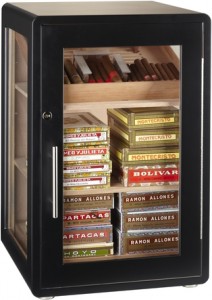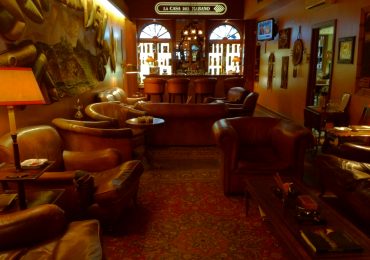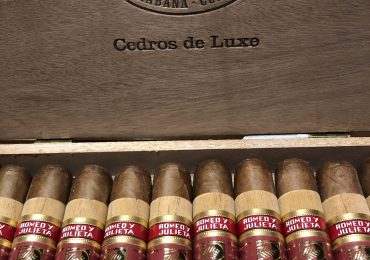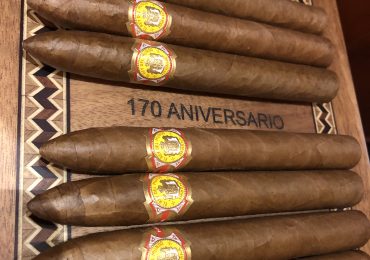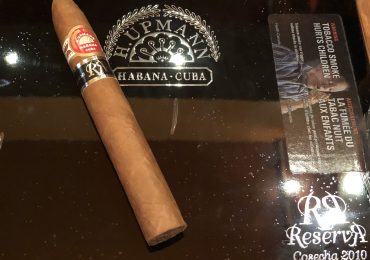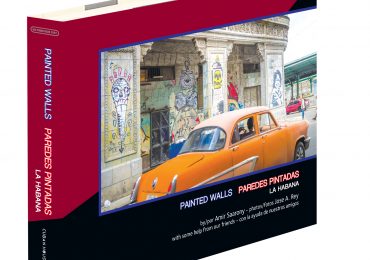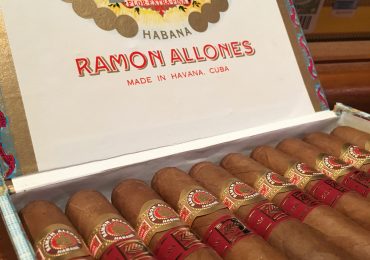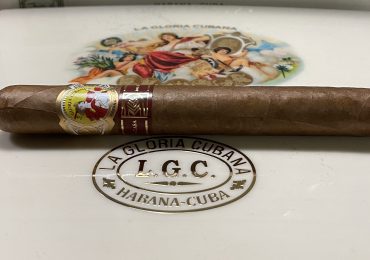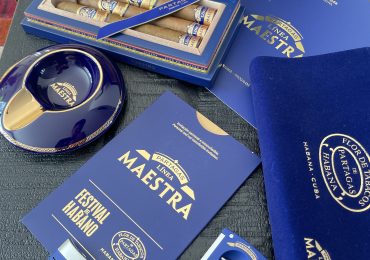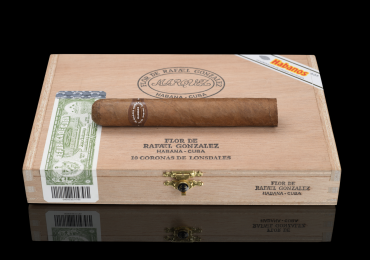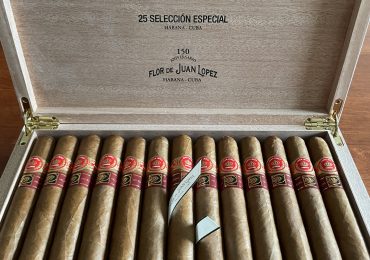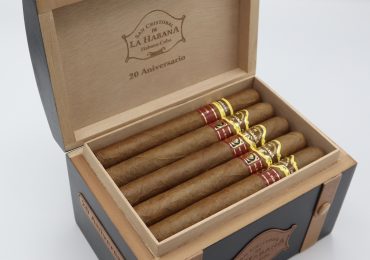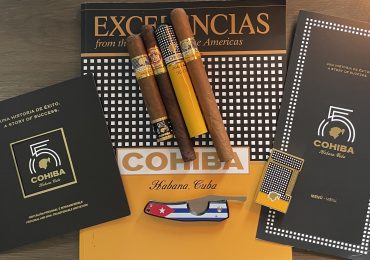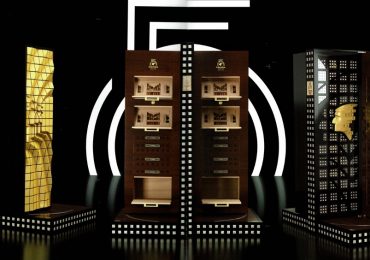In the last few years, La Casa del Habano Montreal has increased its’ selection of humidors available to our clients from basic models, to higher end humidors. As a result, we’ve had more and more clients ask us about humidors. From the very basic steps, to more complex ageing and multi-use configurations,
We decided to write a 4 part series on humidors. A kind of Humidor 101 tutorial. We will split up the article in several parts. Humidor construction; Humidity levels, hygrometers Humidifier, & temperature; Humidor Preparation & Maintenance; Storing Cigars
A good humidor is priceless for cigar lovers. There are so many variables to getting the humidor to achieve the performance we like, that it requires a little training, hence this Humidor 101 tutorial post.
Humidor Construction
Let’s start with the construction. What we’re looking for is an airtight enclosure, so the first step when looking at a humidor is to ensure that it seals tight and that no air gaps remain. An easy way to verify this is by placing a business card and closing the humidor lid on the card. Pull out the card and you should feel some resistance. If there is no resistance at all, it means the air gap is a little too much, and precious humid air is not staying in the humidor as needed.
Cigar tobacco “breathes”. Cigars consume oxygen and emit gases into the surrounding air. For this reason, it is important that humidors are regularly aerated in order to provide the cigars with fresh oxygen. Humidors should tight enough that a constant level of internal humidity can be maintained.
Now, the actual materials used to build a humidor. A common question is “Does is always have to be Spanish cedar?”
Primarily three types of wood are used for the humidor’s interior lining; Spanish cedar (by far the most popular), American (or Canadian) red cedar, Honduran mahogany.
Spanish cedar offers protection from tobacco worms – through the cedar’s special odoriferous quality. It also boosts high humidity absorption capacity – this ensures that a stable climate will be maintained inside the humidor and mold is prevented. Spanish cedar also supports the cigar aging process with an overall positive effect on the flavor of the cigars.
Spanish cedar does not originate from Spain as one might assume but is generally imported from Brazil and other countries of South and Central America. In some individual cases resin may form on the surface of the wood. The risk of resin formation can be substantially reduced by previously drying the wood carefully.
American red cedar is inferior to Spanish cedar in humidity absorption and it exudes a more intense aroma. Some humidor manufacturers use American cedar because it is less expensive and with this wood there is no danger of resin formation. Particularly when storing cigars for longer periods the cigars will adopt a strong woody flavor that is generally not desired.
Honduran mahogany has a humidity absorption rate comparable to that of Spanish cedar and at the same time has a less intense odour. Thus, unfortunately, the deterrent effect on worms and the desired flavoring of cigars is also not as good as with Spanish cedar.
Generally, the veneer of the interior wood should be left untreated. In some humidors, for example, Davidoff, the interior is lined with bees wax.
For long-term cigar storage humidors which are lined with Spanish cedar are a better option.
As for the exterior, there is veneer or solid wood construction options.
There are basically two different options for constructing humidors. The first is based on MDF(medium density fiberboard), where the interior is lined with a veneer of Spanish cedar and the exterior consists of a veneer of some type of hardwood (often cherry). Alternatively, the entire humidor case is manufactured of solid wood and is lined inside with Spanish cedar (sometimes the entire humidor is made of solid Spanish cedar without any interior lining).
Solid wood humidors are not necessarily superior to veneer humidors. The higher price of the material of solid wood humidors will usually be far outweighed by the substantially more complicated construction of veneer humidors.
Since the humidity inside the humidor is much higher that the external humidity, the internal wood expands and it leads to tensions in the walls of the humidor.
Here veneer humidors have the advantage that the internal MDF will expand less with an increase in humidity. Thus, fewer tensions in the inside of the humidor will develop – tensions which might otherwise lead to cracks and deformations in the humidor’s lid. A further advantage of the veneer construction is that high gloss lacquer finishes can be better applied on hardwood veneers.
Solid wood humidors of Spanish cedar are more susceptible to dents and damages since the wood is very soft. As previously mentioned, the softness of the Spanish cedar limits the gloss and durability of the exterior lacquer. For these reasons, the construction of humidors based on MDF instead of solid wood has become standard in humidor production.
Glass or wooden lid?
For the storage of cigars that are to be consumed within a few months, humidors with glass or wooden lids are equally suitable. However, if you plan on ageing your cigars for several years in a humidor, then humidors with wooden lids are more ideal. When you are using humidors with glass lids, avoid exposing the humidor to direct sunlight. Longer storage times may cause discoloration in the first few rows of cigars. On the other hand, glass-lid humidors have an advantage over wooden lid humidors in that they have to be opened less frequently and that they will be opened for shorter periods. Therefore, a more constant interior humidity can be maintained. This is particularly useful for humidors in restaurants, clubs, and hotels.
Glass doors on cabinet humidors do not have any negative impact on cigar storage, as long as cigars are stored in their original boxes. With respect to the placement of cabinet humidors, the glass should never be exposed to direct sunlight.
Quality criteria for humidors
Recently, the average prices for humidors have dropped significantly. Many buyers are confused about the huge price differences that can be found in the market, especially when humidor models are frequently of similar appearance.
First of all, what functional characteristics does a humidor need to fulfill? Basically a humidor must be able to maintain a constant humidity level of approximately 70% and should maintain even climate conditions within the different parts of the humidor interior.
This basic functionality of the humidor is determined by the use of an adequate and effective humidification system. Electronic and polymer based humidifiers are preferred to sponge-based models.
The interior lining of Spanish cedar which absorbs humidity well ensures constant climate conditions. Apart from using the correct type of Spanish cedar wood, the thickness of the Spanish cedar is critical. Common Spanish cedar linings of only 1-2mm do not permit taking full advantage of the characteristics of the Spanish cedar.
Air circulation within the humidor. The construction of the humidor interior and the design of tray elements should permit free air circulation to all areas of the humidor interior. Insufficient air circulation is a weakness in many humidors of all price levels.
In addition, the quality of a humidor is also determined by the hinges, which should be durable and ensure low-friction functioning for many years. In quality humidors, quadrant hinges are preferred.
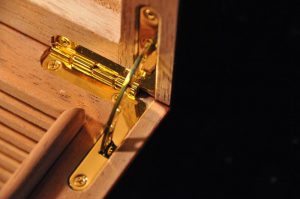
Well there you have the first part of our Humidor 101 primer.
In the next part of this humidor tutorial, we will look at the Humidor Preparation & Maintenance.
Source: some of the information in this entry was taken by the ADORINI information guide.
http://lacasadelhabanomontreal.com

